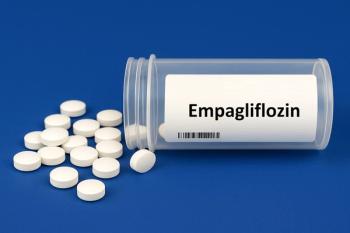
Half of Pediatric Opioid Prescriptions are High Risk
Many pediatric opioid prescriptions are high risk and leave children at risk of overdose and side effects like constipation.
A prescription for opioids is not uncommon for children who are recovering from surgery and dental care and require pain management. However, as many as half of those prescriptions are high risk due to the potential for adverse outcomes, according to a
The most common high-risk prescriptions were for treatment of acute pain and had doses that went beyond 7 days. According to the Centers for Disease Control and Prevent, a 3-day supply is often enough to manage acute pain and prescriptions that contain more than 7 days of medication are rarely required. One in 6 of the prescriptions for children aged 0 to 11 contained either codeine or tramadol, despite a warning from the US Food and Drug Administration to not use either drug in young children as a result of reports of fatal overdose. Among adolescent and young adult patients, roughly 12% of the prescriptions were high risk because they exceeded recommended daily dosage. Five percent overlapped with benzodiazepines, which can significantly increase the risk of overdose in this population.
Dentists and surgeons wrote 61% of the prescriptions. However, opioids aren’t always needed for procedures, such as tooth extraction and tonsillectomies, which can be managed with ibuprofen. The investigators in the study found that a small group of prescribers, just 5.2% of the pool, is responsible for half of all pediatric opioid prescriptions and half of those that are considered high risk. Surgeons and dentists make up a sizeable portion of the group and there are a disproportionate number who practice in the South. More judicious prescribing of opioids in pediatrics would not only reduce the risk of overdose and misuse, but also the risk of common side effects from opioids such as constipation and vomiting.
Newsletter
Pharmacy practice is always changing. Stay ahead of the curve with the Drug Topics newsletter and get the latest drug information, industry trends, and patient care tips.















































































































